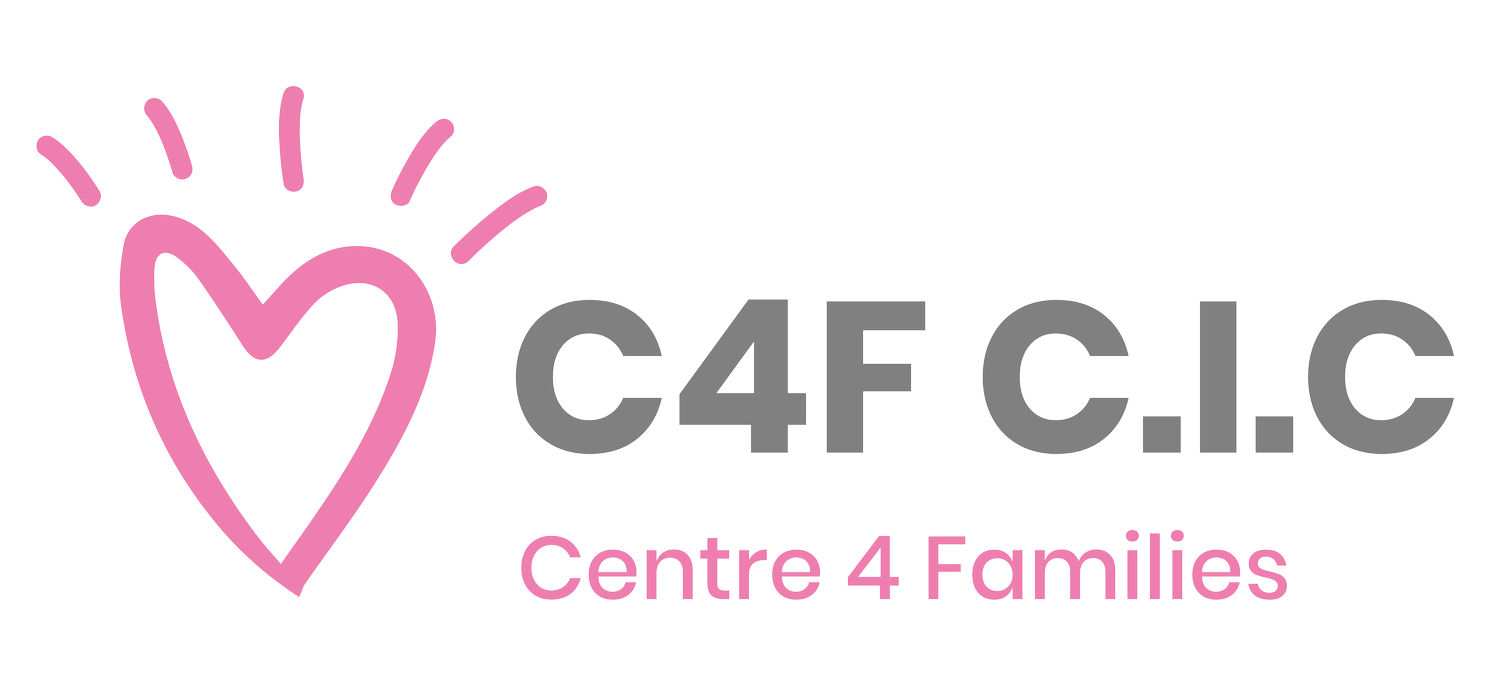Contact Services
At C4F, we cater to all situations, especially where there may be higher risks or more complicated family circumstances.
In these cases, our trained staff supervise one-to-one meetings, staying within sight and sound, to ensure safety.
We focus on maintaining children's well-being while providing a secure environment for family interactions.
Supervised Contact.
At C4F, we prioritize children's safety and emotional health, especially in complex family situations.
Our trained staff supervise one-to-one meetings, always staying within sight and sound, to manage potential risks.
Observations are recorded, ensuring each child's well-being and fostering a safe space for family connections.
Supported Contact.
Used often when risks are lower or as a step forward from supervised contact, this approach focuses on comfort rather than direct observation.
Our team is always on hand to ensure a pleasant experience for everyone.
Indirect Contact.
Indirect contact takes place at supervised centres and is used where direct contact is either unsafe, unworkable and or not in the child’s best interests. This term is a generic term for a wide variety of activities that might be considered contact.
These activities can include sending letters or cards (sometimes called “letterbox contact”) or sending gifts. In this scenario, the role of a professional is often to support this process by ensuring that the gifts are appropriate, and letters do not contain inappropriate messages prior to forwarding these to the child.
This service can be helpful where one parent cannot know the home address of the child.
Virtual Contact.
Virtual contact at C4F offers a modern way to stay connected. Utilizing online video platforms like Teams or Skype, this digital meeting method can be either supervised or supported, ensuring families can maintain their ties, no matter where they are.
Handover.
Handover at C4F is a straightforward service where our centre serves as a safe exchange point for children between parents, without the need for them to meet.
This method is usually a stepping stone from supported or supervised contact and can occur with the help of a trusted individual, allowing the child to spend time with their other parent in a different location without professional oversight.






